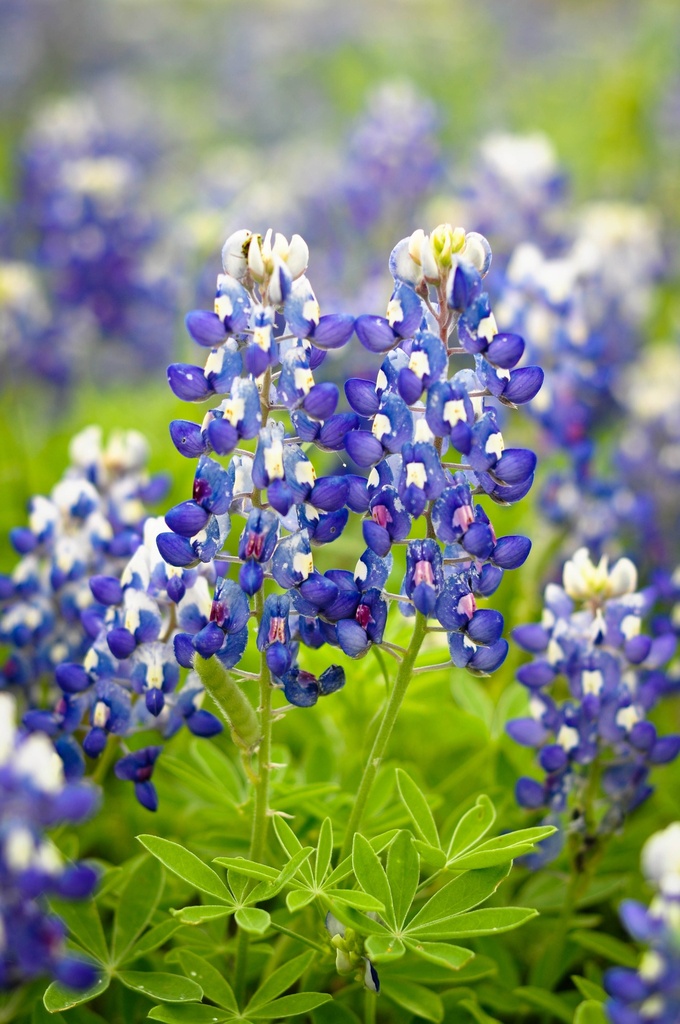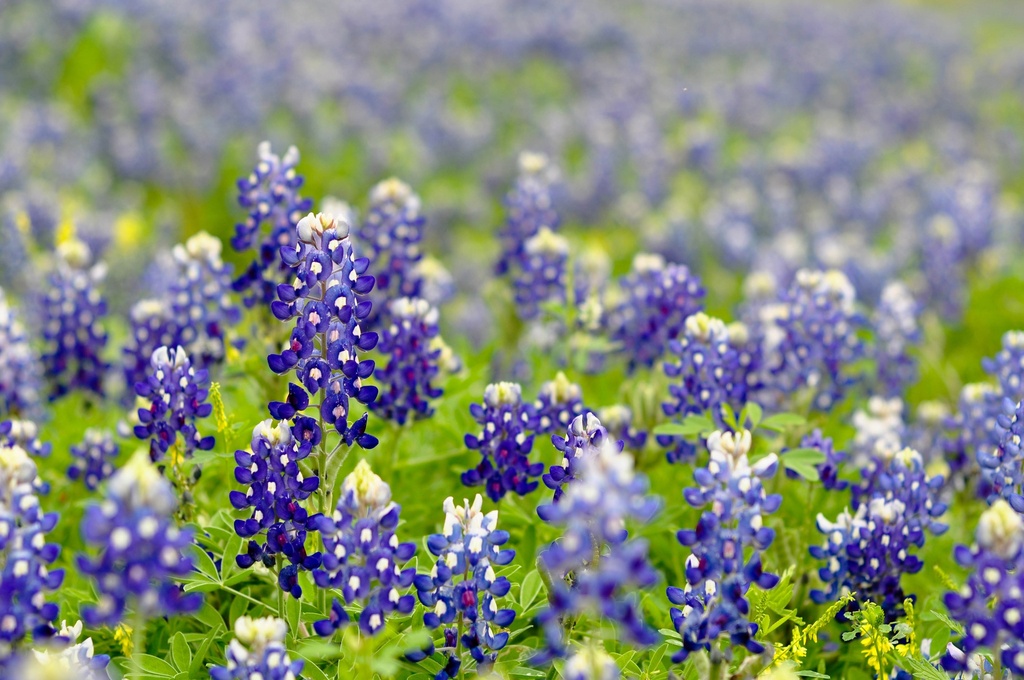TEXAS BLUEBONNETS
Short Description:
Texas Bluebonnets are the Official State Flower of Texas. They are an annual and have a hard, thick coated seed. The best time to plant bluebonnets is in the fall, between September and November. They will germinate, form a winter rosette, then come spring they will fully grow out and produce flowers. Texas Bluebonnets are broadly adapted to a variety of sites and they thrive on poor nutrient soils, waste areas, along roadsides, and in pastures. Texas Bluebonnets begin blooming as early as February in deep south Texas and as late as May in north Texas.
All payments are final and no refunds will be processed.
All orders are processed within 2-3 business days.
View Our Terms and Conditions
Description
Texas Bluebonnets are the Official State Flower of Texas, one of the most iconic native plants in Texas, and are the most well-known native wildflower in Texas. Bluebonnets are native, annual legumes that grow 1-2’ in height with showy blue flowers with white centers. Texas bluebonnets are widely distributed across Texas and grow well in all soils except very loose sands, which are better suited to grow Sandyland Bluebonnets. In addition to their showy blooms and iconic displays, Texas bluebonnets are excellent pollinator plants, particularly for honeybees. Texas Bluebonnets also produce seed eaten by quail and other birds, and white-tailed deer, cattle, and sheep and goats will graze the foliage and flowers. Texas Bluebonnets are a mainstay of wildflower seed mixes, pollinator habitat plantings, in landscape applications,and for use as a winter annual cover in conjunction with range and wildlife habitat restoration efforts.
The best time to plant bluebonnets is in the fall, between August and November. They will germinate, form a winter rosette until spring, and begin blooming in late February through May depending on the location and severity of the winter. Once established, Texas Bluebonnets will usually reseed themselves for years to come if allowed to mature fully, and they will then grow in subsequent years, especially if grasses and other vegetation are mowed annually. We offer only the highest quality Texas Bluebonnet seed that we either grow ourselves or source from reputable growers. Our bluebonnet seed is backed by current seed quality analyses. In addition, a portion of our Texas Bluebonnet seed is scarified to insure germination in the planting year under favorable rainfall conditions; some dormant seed is also present, to guard against total planting failure in the event of drought or poor emergence conditions.
Planting depth: 1/4 inch deep. This gives the seed the benefits of having the shortest distance to travel to the surface while also being deep enough to keep moisture. While Texas Bluebonnets are often simply broadcast on the soil surface, best results will come from plantings where existing vegetation is mowed, the soil surface is disturbed, the seed is incorporated into bare soil, and some effort to then cover the seed with additional soil is made. If simply overseeding existing vegetation without some seedbed preparation, consider planting larger quantities of seed to achieve an acceptable stand.
For more information:
Texas Bluebonnet Brochure from DK Seeds
Texas Bluebonnets from the Lady Bird Johnson Wildflower Center
Landscape Planting Rate
1-2 lbs. per 1,000 square feet.
- 1 lb. should cover about 500 square feet. The flowers will be densely together.
- 1/4 lb. covers about 312 square feet.
Rangeland Planting Rate
15- 30 lbs. per acre (1 acres is 43,560 square feet). The flowers will be more spread apart at lower seeding rates. If you wish for denser cover, plant more heavily.
Best Time To Plant
Early August through November, depending on location.
Type
Cool Season Annual
Region
Texas-wide





